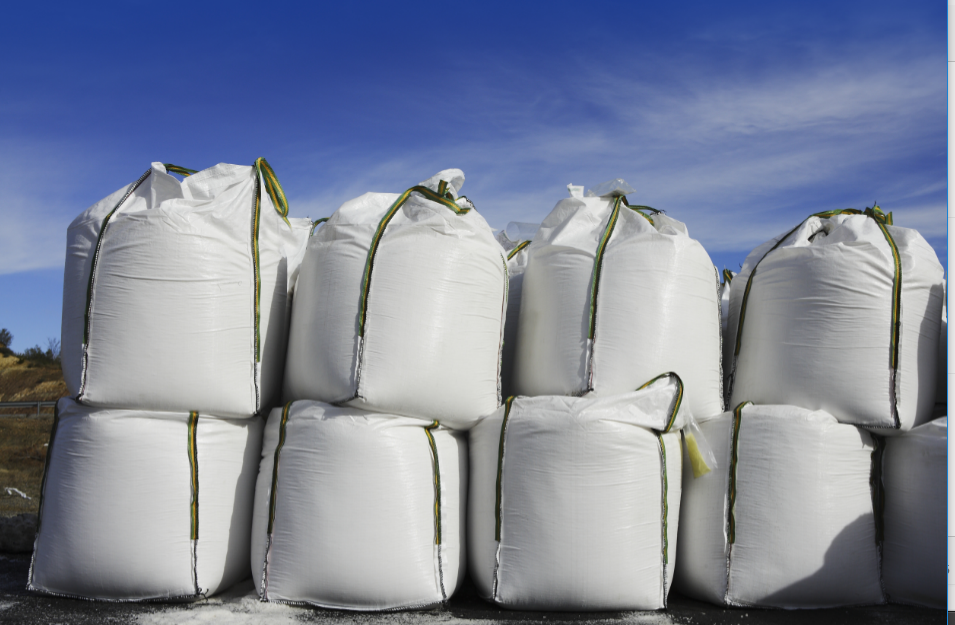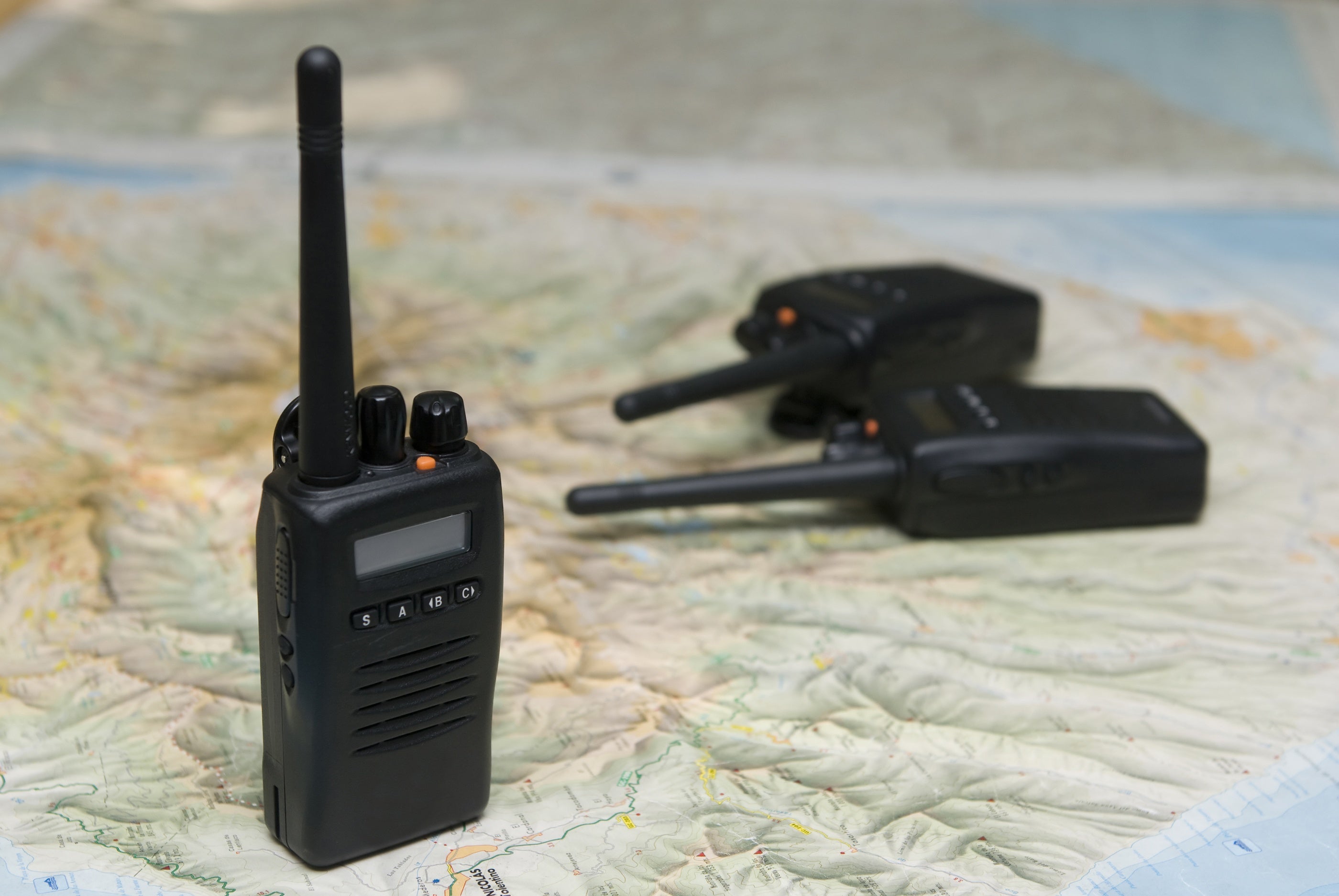
When facilities under-prepared for a wintertime rock salt shortage are suddenly faced with an unusually snowy and long-lasting winter, the results can be disastrous. Building access, ADA compliance, parking lot and walkway safety levels, and more can suffer greatly as over-tasked crews attempt to tackle commercial snow removal with insufficient supplies.
This is precisely the situation that arose last winter, and a St. Louis area report by FOX2now on January 2nd, 2015, is quite revealing as to the consequences. BSR Services of Maryland Heights, MO, was reported to be shipping rock salt in from a very unusual and distant location- Egypt. With supplies draining daily and prices correspondingly soaring, the whole nation was desperate for more salt, and BSR illustrates how extreme a salt-shortage situation can become.
Four top methods to prevent being taken by surprise when a salt shortage strikes are discussed briefly below:
1. Reduce Reliance on Rock Salt
One key method is to diversify and acquire alternative deicers like salt brine and calcium chloride. Salt brine is an especially good addition to your snow-fighting arsenal, being quicker to apply, cheaper to buy, and less harsh on the environment than rock salt. Furthermore, at temperatures below 10 °F (-12.22 °C), your rock salt will not work well anyway, so it pays to invest in a variety of deicers. Sand can also be mixed in with rock salt to reduce the amount needed, though this can't be overdone without compromising effectiveness. Finally, using heated pavements and/or snow-melting mats will make salt application unnecessary on your main traffic areas.
2. There Is No Such Thing as Buying Salt "Too Early"
Once winter starts, rock salt prices will climb and supplies will begin to diminish. Best practice is to start stockpiling at least several months in advance. Having a full extra season's worth of salt stored would be ideal, and you should not hesitate to max out all the storage space you have available. Remember that suppliers don't always anticipate correctly how much salt to have on hand, and those who wait till the last minute will find supplies short and prices inflated.
3. Do Not Fall Victim to Improper Salt Storage
While storing salt in heated garages and/or depositing it into moisture-proof containers like metal trash cans with lids can be an expense, it makes little sense to invest in salt only to watch it ruin in storage. Salt needs to be kept dry and at a temperature of 20 °F (-6.67 °C) or higher to prevent it from clumping and losing its effectiveness.
4. Never Over-Use Your Salt Supply
Many people over-use their rock salt, but this only exacerbates the problem when a shortage hits. It is crucial to calculate, according to manufacturer's instructions, exactly how much salt you need to apply per square foot given a certain depth of snow/ice and outdoor temperature. Over-applying will not make it more effective but only needlessly waste your precious reserves.
Salt shortages can strike any winter, no matter what the forecasts, and therefore, it is imperative to prepare for the worst-case scenario. Preparing early, using alternative snow-melting methods, storing salt correctly, and using just enough salt to do the job in each situation are four ways to make sure your facility will make it safely through the next rock salt shortage.


